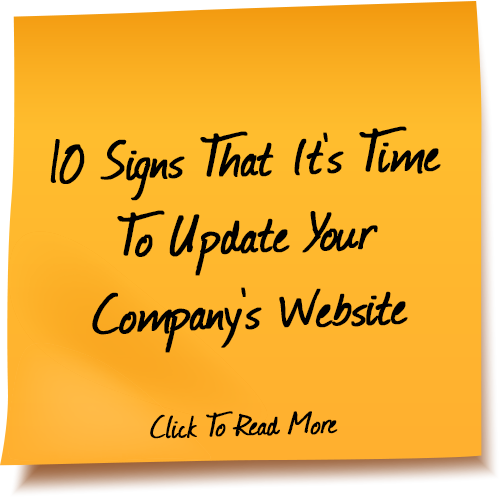
10 Signs That It’s Time To Update Your Company’s Website
January 21, 2017
What You Need To Know About Facebook’s New Algorithm
March 6, 2018Understanding The Difference Between Mobile Website Designs
Do you know what type of mobile design your business has for your website? Is it mobile friendly, mobile optimized, responsive, or neither Understanding the difference can have a huge impact on the performance of your site and therefor on your business, too.
Mobile Friendly
Mobile friendly is the bare minimum mobile design for a website. The result is a slimmed down version of your site’s desktop design and looks more like an app design. Content is trimmed down to only show the most relevant information. While functional, a mobile friendly site can be hard for users to navigate because of minimized text, drop down menus, etc.
Mobile Optimized
Mobile optimized sites are designed for smaller screens. The desktop version of your site reformats itself, often displaying the site in a single column format with easy to use buttons, larger text and images sized for mobile download.
Responsive
Responsive websites do just that – “respond” to the size of the device being used. The idea is that the design and content are like sand and as you pour sand in different containers it will “respond” to that shape. Your website will expand or contract depending on the device being used. This flexibility lends itself to increased usability despite how users access the site. It also means that your site will have a consistent look across platforms.
What if your current site doesn’t have any of the mobile features mentioned?
Traditional websites that have not been formatted for mobile devices appear identical to the way they appear when viewed on a desktop. The content is often unreadable, or missing, and navigation on a smaller screen is difficult. Not sure if your current site is mobile friendly? Test it for free by entering your URL at: https://www.google.com/webmasters/tools/mobile-friendly/
Google Is Watching!
Google’s main objective is to provide their users with the best experience possible. Therefore, Google matches content presented to the user based on the device in use. So, if your site is lacking the ability to present a mobile version, Google “hides” your site from the mobile search results. If you’re not able to reach your audience through mobile search, customers will be automatically directed to the competitors who are.
The Customer Is Always Right
Google says 61% of users are unlikely to return to a mobile site they had trouble accessing and 40% visit a competitor’s site instead. (MicKinsey & Company, 2014)
For many people the hassle of navigating a site not designed for mobile use is just not worth it. Your site needs to provide an easy mobile experience for users by loading quickly and presenting the information effectively across devices.
The Barbauld Agency can help you determine which mobile design makes sense for your site, your business and your budget. Don’t miss out on new business because your existing site doesn’t perform well on a mobile device. Contact us today to learn about your options and pricing.


